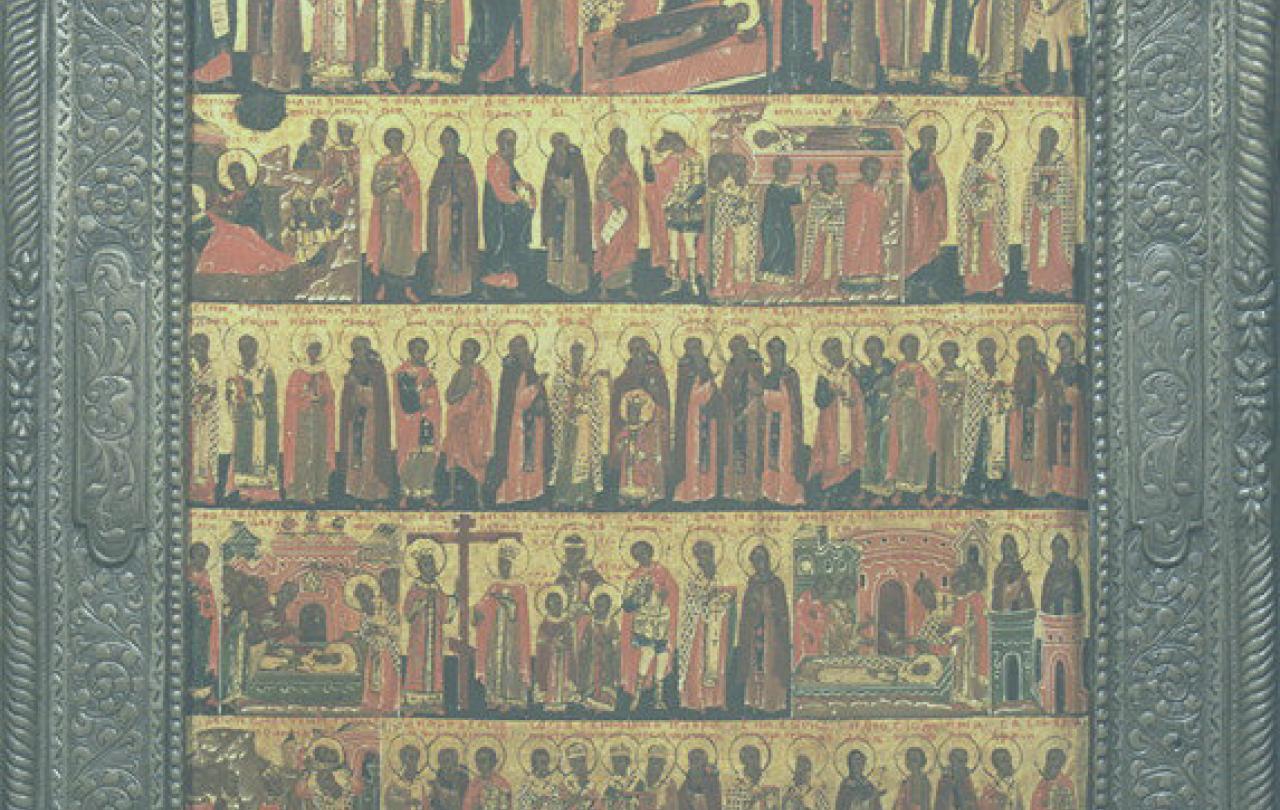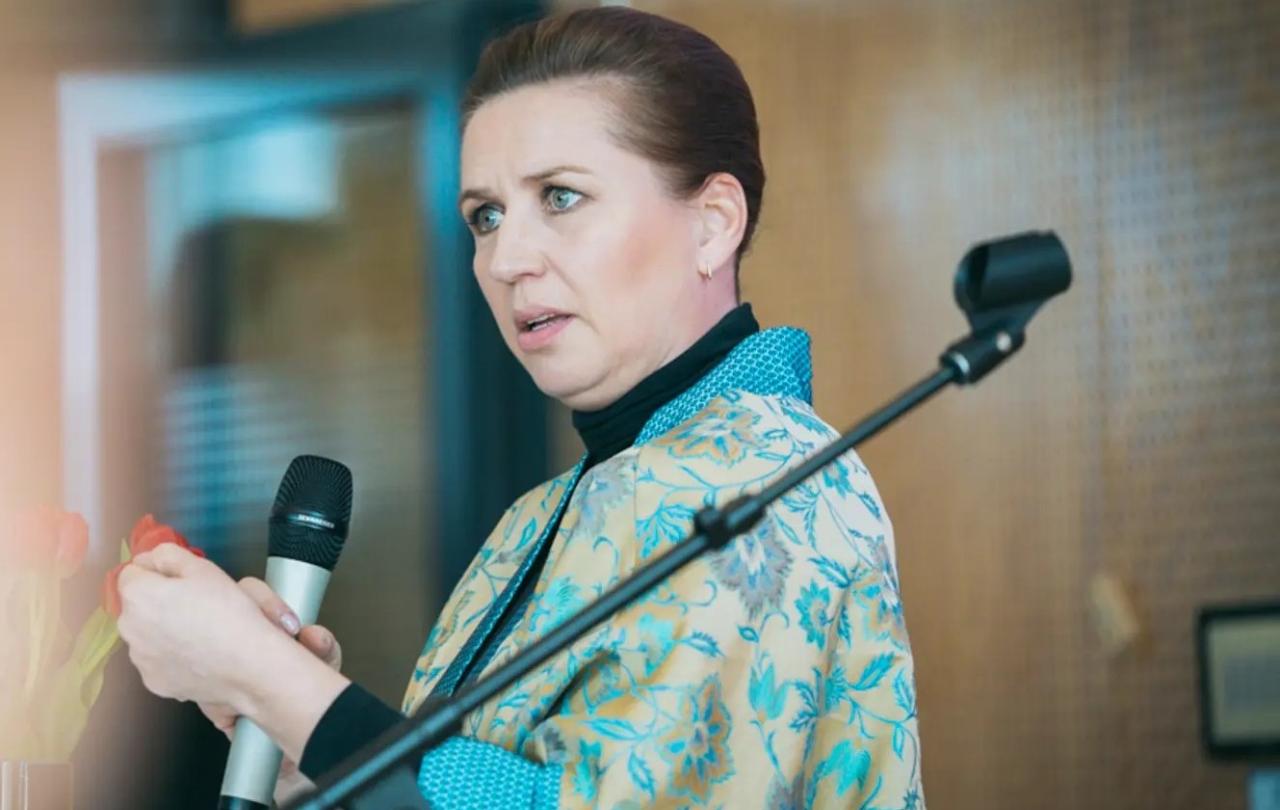For some time, there has been a sense of crisis in Europe. You can feel it. European nations are re-arming themselves as America turns off the financial tap. They are struggling to manage levels of migration. Young people are losing faith in democracy.
Yet this is not primarily an economic crisis, or even a political or ethnic one. It is spiritual. And when you start to look for it, you see the signs of it everywhere.
Take one example. Back in the summer, Mette Frederiksen, the Prime Minister of Denmark announced a national military build-up involving increased defence spending, conscription and so on, all fuelled by the general north European fear of expansionist Russia. While speaking to a group of Aalborg University students soon after, she surprised everyone by saying:
“We will need a form of rearmament that is just as important (as the military one). That is the spiritual one.”
She spoke of the discernment needed to tell the difference between truth and falsehood in a world where they were hard to tell apart - and implied this required spiritual wisdom not more technology. Increasing levels of conscription is one thing, but persuading young Danes to fight and even die for anything is another. The problems are not unique to Denmark. Why would Gen Z fight for an economic system that doesn't seem to be working in their favour, doesn't offer them the prospect of owning a home or a stable job, and offers little to inspire any kind of heroism? John Lennon imagined a world with “nothing to kill or die for.” If there is nothing you would die for, there probably isn’t much to live for either.
Frederiksen’s call is just one sign of the spiritual crisis in Europe. Another is the rise of what is sometimes called ‘Christian nationalism’. Elites may sneer at the flags on lamp posts and the crosses held aloft in populist marches, but these are the visible signs of swathes of people in the UK who feel no-one listens to them, and who regret the loss of the cultural and broadly Christian framework that in the memory of past generations provided the operating system of British life for centuries. Its disappearance since the 1960s and the lack of anything to replace it is a problem. The ‘new atheism’ was an act of cultural vandalism, aiming to destroy faith but with nothing to put in its place. You don't have to believe that Tommy Robinson or even Nigel Farage is the answer to this yearning to recognise the validity of this sense of loss.
Yet another is what has been called the ‘Quiet Revival’ - signs of renewed churchgoing among (especially) young men in the UK. Revivals of religion usually happen when a community feels its identity and survival is under threat. At such times, people go back to their roots, to available sources of wisdom and reassurance. This isn't yet a wholesale turning to the Church, but it is sign of a yearning for some kind of spiritual meaning, for something sacred – something that can't be bought for money and that has a value beyond what we choose to give it.
So - back to Mette Frederiksen’s surprising call for spiritual renewal in her own country. Denmark is one of Europe’s most secular nations, Frederiksen is not known as a regular churchgoer, and her Social Democrat party has generally been lukewarm about religion in recent decades. Yet she was honest enough to recognise the problem. If we have told ourselves for decades that there is no such thing as truth, it's not surprising we find it hard to tell truth from falsehood. When we have confidently proclaimed that the most important voice to listen to is our own desires – ‘you be you’ – it is not surprising that that we don’t have any ideals left to live or die for. Young people might take to the streets over climate change or Palestine, but being willing to lay down their lives for something beautiful, sacred, something transcendent beyond all that - even when it has sustained their civilisation for generations? Probably not. And there is no reason to think that Denmark is any different from any other European country. The same is surely true in Britain, even if our politicians are not as perceptive as Mette Frederiksen in noticing the problem.
So where is an answer to be found? Mette Frederiksen called out to the Church for an answer:
“I believe that people will increasingly seek the Church, because it offers natural fellowship and national grounding… If I were the Church, I would be thinking right now: how can we be both a spiritual and physical framework for what Danes are going through?”
Yet herein lies the problem. The Church of Denmark, one of northern Europe’s Lutheran churches, is not exactly in a great state. 70 per cent of the population may be registered members of the church, but only 2.4 per centof those actually turn up in church on Sundays – which makes for an average of 30 people in any local Danish Lutheran church on Sunday.
In Ireland, the Roman Catholic Church ordained just 13 priests this year. Fifty years ago, 90 per cent of Irish people went to mass every week. Now it’s around 16 per cent. The decline was a self-inflicted disaster as scandals of abuse and cruelty recurred with depressing frequency. The Church of England’s attendance figures are not much more encouraging. And its ability to offer something to live and die for is far from clear. The philosopher John Gray is scathing about the western churches’ captivity to the spirit of the age. He thinks of them as “mirroring the confusion of the zeitgeist rather than offering a coherent alternative to it… this kind of Christianity is a symptom of the disease not a cure for it.”
That may be the problem - but it is also the opportunity. Christianity is the west’s default spiritual tradition. Nothing goes as deep into the European soul as this. Others come and go, but this faith is in our veins, our landscape, our art and our memory. Time and again, from its early centuries, it has inspired countless people to live lives of selfless devotion. It happened when the Byzantine empire emerged from the ruins of the Roman one, when a new medieval Christianised civilisation grew out of the ruins of the barbarian conquests, or in the reform movements of the sixteenth and seventeenth centuries, or the missionary movements of the nineteenth centuries. Time and time again it has proved a catalyst for wisdom to face the challenges of crisis, for individual self-sacrifice, cultural renewal and a purpose beyond personal fulfilment – something to live - and die - for.
And it still does. You only have to recall the 21 Libyan martyrs – mostly ordinary Coptic Christians from a simple Egyptian village who were captured by ISIS in 2015, and who chose a gruesome death rather than forsake their faith in the love of Christ – to show how Christian faith gives something not to kill – but to die for.
I have no doubt Christianity can provide that again. Not as a reversion to something past, but in a new form that is true to its roots, but in a way that will look new – maybe humbler, simpler, purer.
This is the challenge for such new leaders as Pope Leo and soon-to-be Archbishop Sarah Mullally. And indeed, for all of us who call ourselves Christian. Can we Christians, as John Gray put it, offer a coherent alternative to the confusion of the zeitgeist rather than be a pale reflection of it?
The future, not just of European Christianity, but also of Europe may depend on it.






